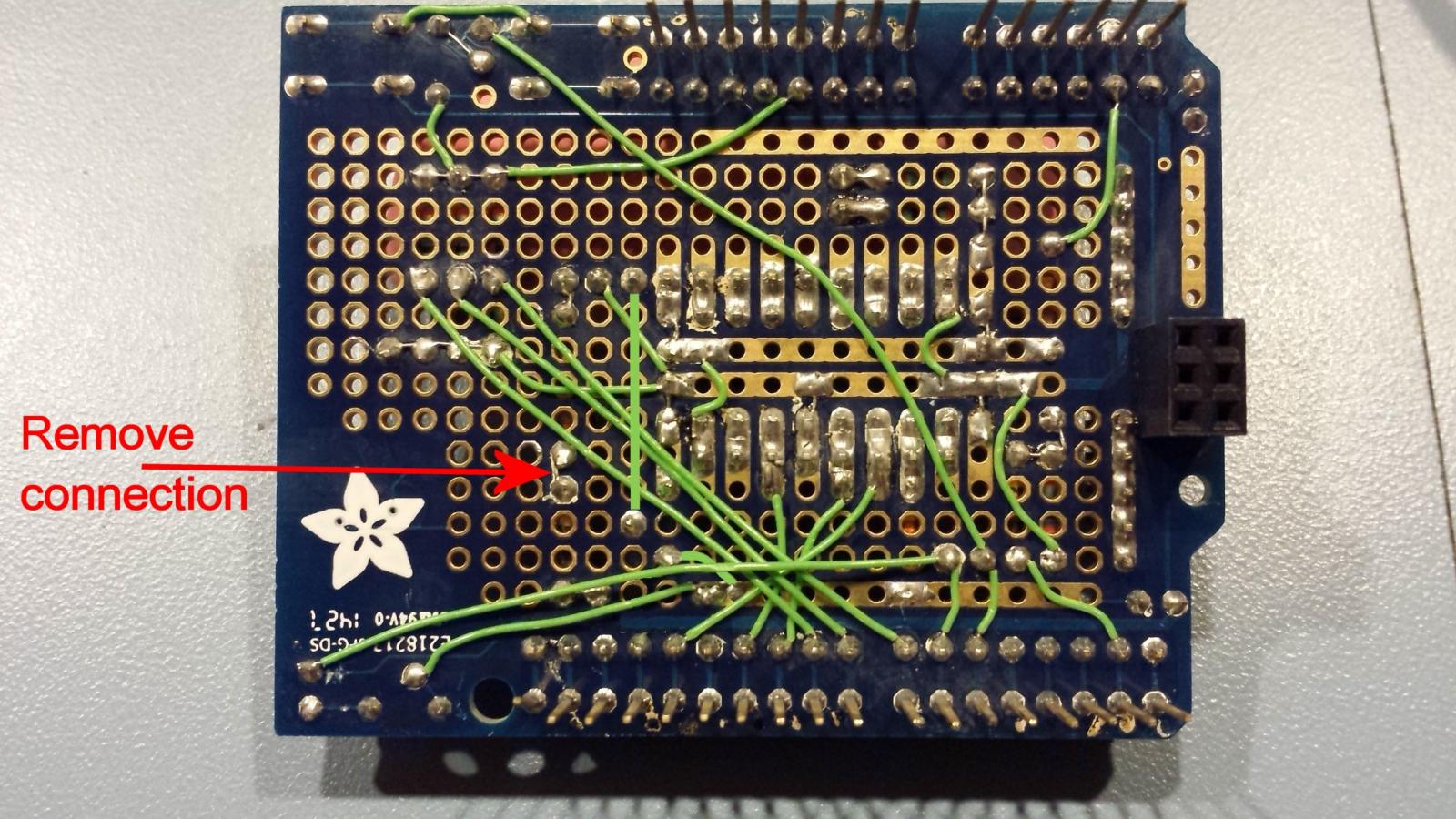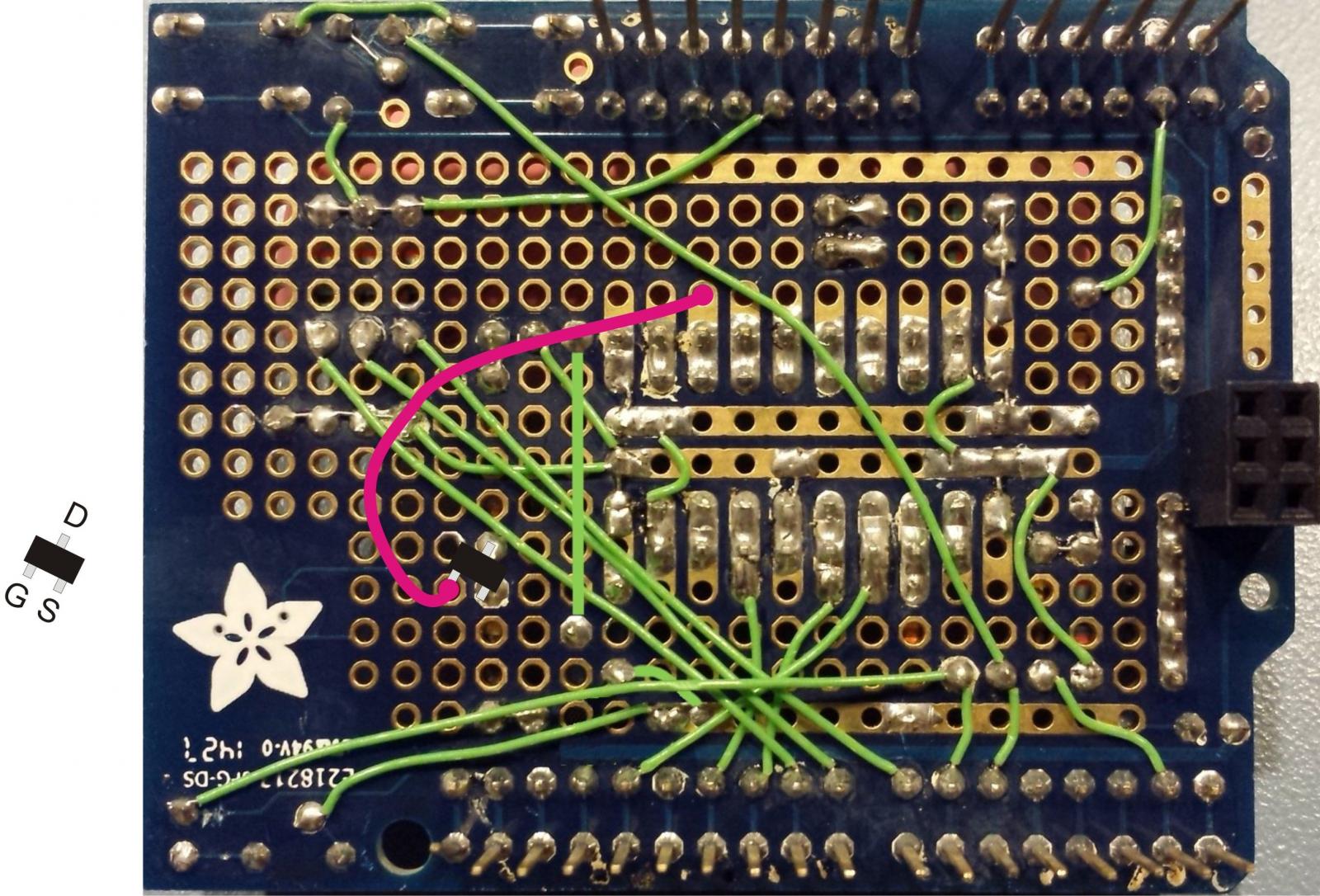What we know:
- UNO green LED on: power good
- UNO amber LED on: script ran far enough to turn on IO13 (to the "blink" LED).
- BrewPi host can't talk to the Uno suggests the comm lines aren't working.
So, unsolder the wire from IO1, make sure the IO 0 and IO 1 pins aren't shorted to any neighbors, then see what happens....
Cheers!
- UNO green LED on: power good
- UNO amber LED on: script ran far enough to turn on IO13 (to the "blink" LED).
- BrewPi host can't talk to the Uno suggests the comm lines aren't working.
So, unsolder the wire from IO1, make sure the IO 0 and IO 1 pins aren't shorted to any neighbors, then see what happens....
Cheers!



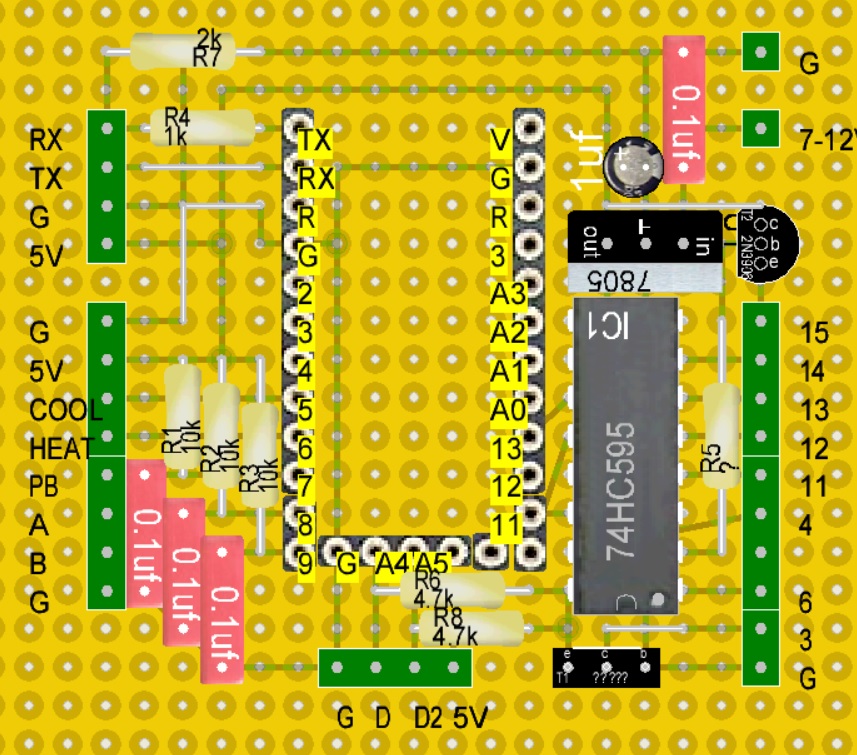

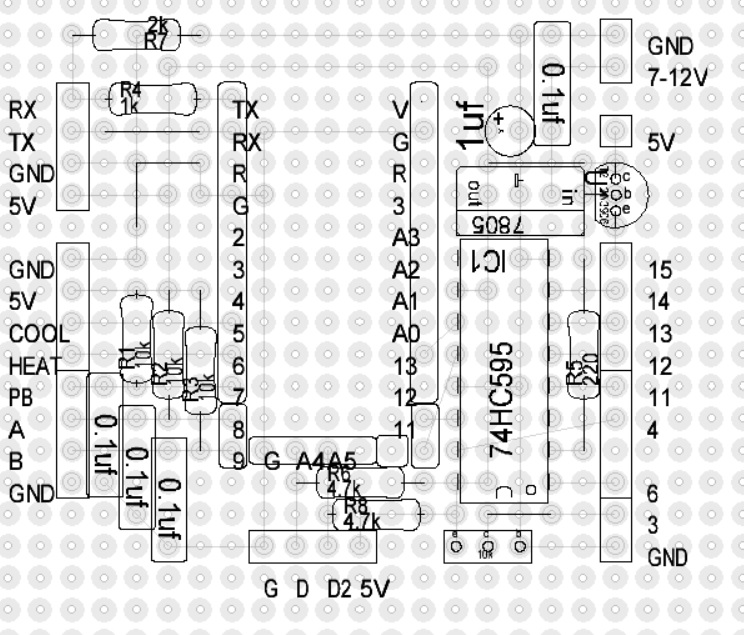
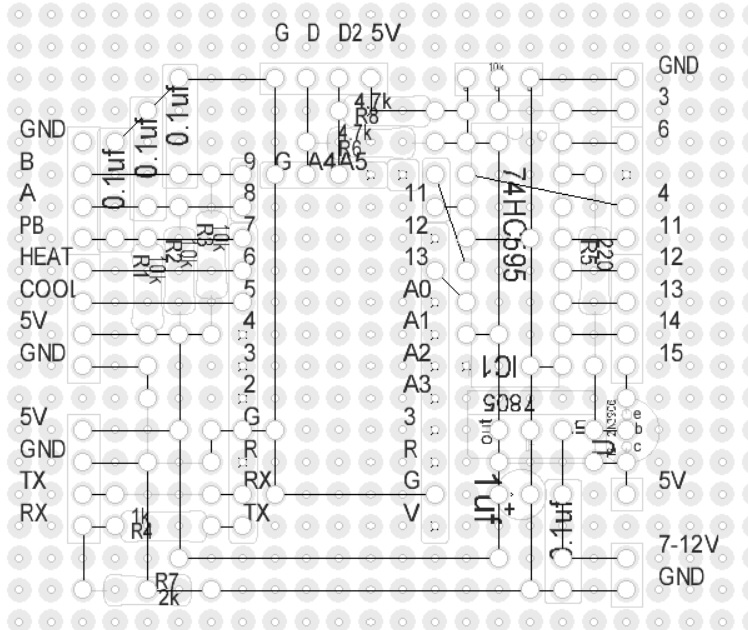































![Craft A Brew - Safale S-04 Dry Yeast - Fermentis - English Ale Dry Yeast - For English and American Ales and Hard Apple Ciders - Ingredients for Home Brewing - Beer Making Supplies - [1 Pack]](https://m.media-amazon.com/images/I/41fVGNh6JfL._SL500_.jpg)




























